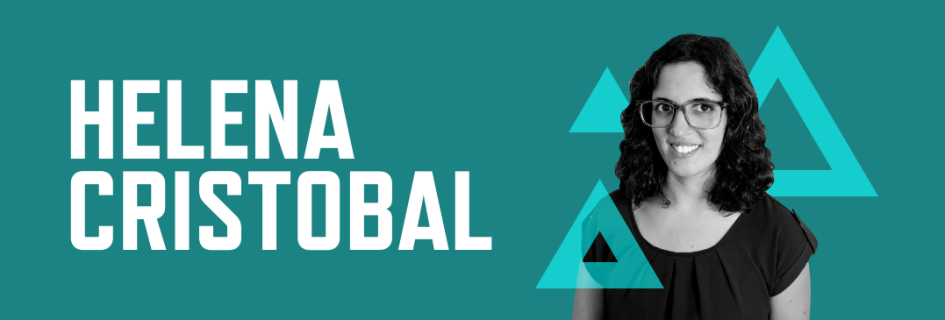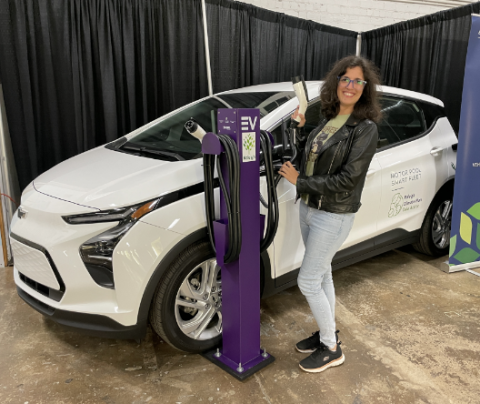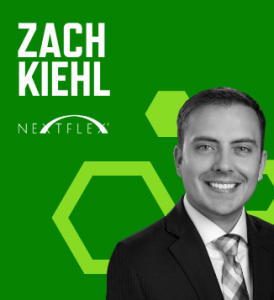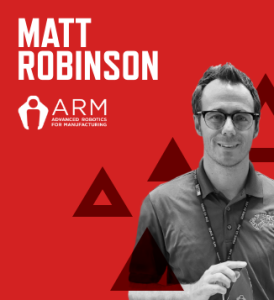
Hardware designer, EV charging expert, STEM advocate
Helena’s journey into advanced manufacturing began with a fascination with engineering and a commitment to solving real-world problems, particularly in the realm of clean energy. Her initial ambition, sparked by a desire to invent the “infinite battery” during high school, evolved into a career focused on developing reliable and durable solutions for large-scale production.
As a Senior Electrical Engineer at Atom Power, Helena is at the forefront of advancing electric vehicle (EV) charging infrastructure. Atom Power revolutionized the circuit breaker by creating the world’s first commercial UL-listed digital solid-state circuit breaker (SSCB). Instead of using metal parts that move to turn the power off, the company’s patented technology uses electronic parts (semiconductors) and advanced computer software to control the power – providing superior protection, reliability, and efficiency for people, assets, and operations.
Atom Power is a long-time member of PowerAmerica, the wide bandgap semiconductor institute devoted to innovative power electronics products and systems. Wide bandgap semiconductors are more powerful and efficient than those used in microelectronics and can lead to dramatic energy savings in industrial processes, data centers, and electric vehicle driving range and charging. This work is essential to help integrate renewable energy into the electric grid. Atom Power is now working to provide protection, visibility, and control in other industries, such as data centers and industrial applications.
Helena finds great satisfaction in bridging the gap between innovative design and practical application. Beyond her professional achievements, she is passionate about encouraging future generations to pursue STEM careers, reflecting her belief in the power of curiosity and continuous learning to drive progress in engineering and manufacturing. For her passion in securing the future of U.S. manufacturing through clean energy, Helena Cristobal is a Modern Maker.
Q&A with Helena
How did you find your way to working in advanced manufacturing?
I studied electrical engineering and was interested in solving real-world problems, with a specific interest in clean energy. When I joined the industry, I realized that it isn’t about making something work once but coming up with a solution that is reliable, durable, and designed for manufacturing.


What is the most challenging part of your job?
There are a lot of considerations when designing a product that will be mass-produced. The product needs to be reliable in all use cases, it needs to be manufacturable, and it needs to be consistent. Making sure you meet all of that is a cross-functional challenge that takes several iterations and a lot of experiments. Having a good team is critical for success.
What would people be surprised to learn about manufacturing or your role in it?
Interdisciplinary design aspects can cause significant problems in the product that are hard to identify. For example, board flex on PCBs can cause parts to fail due to mechanical stress. An electrical engineer will likely overlook this since it’s not usually part of an electrical engineering curriculum. Hence, the importance of collaborating with colleagues with expertise in different areas.
What advice do you have for someone new to the industry?
Stay curious. Be open to continuously learning new concepts, techniques, and perspectives, not only in your area but in different areas. Don’t be afraid to ask questions and challenge the status quo.
What makes you excited to go to work?
I am driven by the opportunity to make a meaningful impact in electrification while working alongside a talented team. Currently, reliable EV charging infrastructure is one of the bottlenecks for electrification. At Atom Power, we are working to bridge that gap. Our SSCB technology enables the installation of more charging stations, often while utilizing the existing electrical infrastructure. It provides greater protection, visibility, and control.
If you didn’t have to work, how would you spend your day?
If it was just one day I’d go to the beach or the pool, relax, and catch up with my friends over a drink. Long term, I would like to volunteer as a swimming instructor and participate in Women in Engineering events to encourage new generations to take an interest in STEM.
What activity gives you the most energy?
It’s an exhilarating feeling when you are prototyping and working in the lab on something you designed and your waveforms on the scope look like your simulation.

What hobbies make you better at your career?
I used to be a swimming instructor and referee, which taught me not only discipline and the importance of consistency, but also how to explain things in different ways depending on the audience. Curiosity also helps. Ever since I was a kid, I would tear apart broken stuff to see what was inside, which now translates into wanting to understand everyday products that we usually take for granted.
How does the work you do impact the world?
By providing a safe, reliable, and more flexible charging system, we are one step closer to a cleaner mobility solution. There is a long way ahead, and we are doing our bit by helping the transition to electric vehicles. Plus, we are working toward applying this technology to other industries like data centers, industrial, commercial, and residential buildings, and where electricity distribution transitions between the energy utility and the end user.




